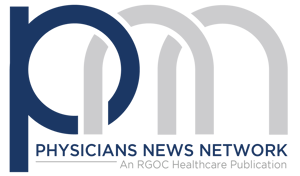There has been widespread speculation about how advances in artificial intelligence (AI) assistants like ChatGPT could be used in medicine.
A new study published in JAMA Internal Medicine led by John W. Ayers, Ph.D.,from the Qualcomm Institute at University of California San Diego provides an early glimpse into the role that AI assistants could play in medicine. The study compared written responses from physicians and those from ChatGPT to real-world health questions. A panel of licensed healthcare professionals preferred ChatGPT’s responses 79% of the time and rated ChatGPT’s responses as higher quality and more empathetic.
“The opportunities for improving healthcare with AI are massive,” said Ayers, who is also vice chief of innovation in the UC San Diego School of Medicine Division of Infectious Disease and Global Public Health. “AI-augmented care is the future of medicine.”
Is ChatGPT Ready for Healthcare?
In the new study, the research team set out to answer the question: Can ChatGPT respond accurately to questions patients send to their doctors? If yes, AI models could be integrated into health systems to improve physician responses to questions sent by patients and ease the ever-increasing burden on physicians.
“ChatGPT might be able to pass a medical licensing exam," said study co-author Davey Smith, M.D., M.A.S., a physician-scientist, co-director of the UC San Diego Altman Clinical and Translational Research Institute and professor at the UC San Diego School of Medicine, “but directly answering patient questions accurately and empathetically is a different ballgame.”
“The COVID-19 pandemic accelerated virtual healthcare adoption,” added study co-author Eric Leas, Ph.D., M.P.H., a Qualcomm Institute affiliate and assistant professor in the UC San Diego Herbert Wertheim School of Public Health and Human Longevity Science. “While this made accessing care easier for patients, physicians are burdened by a barrage of electronic patient messages seeking medical advice that have contributed to record-breaking levels of physician burnout.”
Click Here to read the full story.

